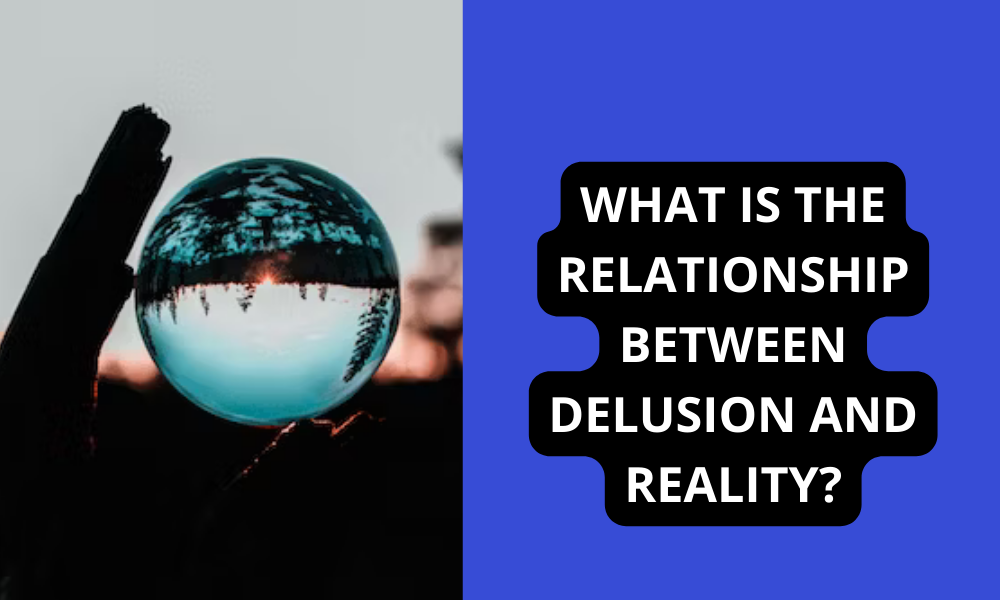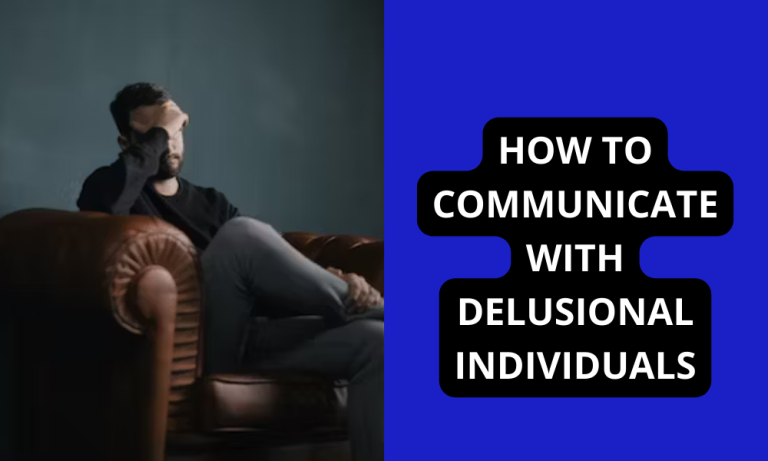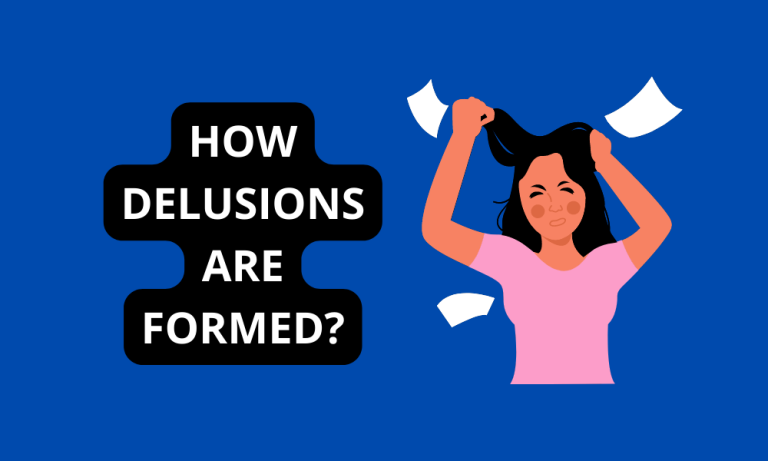What Is the Relationship Between Delusion and Reality?

Hello there! As someone who has studied both psychology and philosophy, I’ve spent a lot of time thinking about the relationship between what’s real and what’s not. In this blog post, I want to share some of my knowledge about delusions and how they relate to objective reality.
By the end of this post, you’ll have a clear understanding of what delusions are, what causes them, and how they interact with and diverge from consensus reality. I’ll also address some common questions around this topic. My goal is to shed light on this interesting phenomenon in a way that’s both informative and easy to understand. Let’s get started!
What are delusions exactly?
In simple terms, a delusion is a false belief or illusion that is resistant to reason or confrontation with actual facts. However, it’s important to understand that delusions involve more than just holding a belief that isn’t consistent with objective reality. For a belief to qualify as a delusion, it must also cause significant distress or impairment for the person experiencing it.
Some key characteristics of delusions include:
- Conviction – People with delusions are absolutely convinced that their beliefs are true, despite clear or obvious proof to the contrary.
- Incorrigibility – No amount of reason or evidence will change the person’s mind. They reject all rational arguments and attempts to correct their delusional thinking.
- Elaborateness – Delusions tend to be quite extensive and elaborate. For example, believing one is being monitored by the government rather than just having a single strange thought.
- Bizarreness – The content of delusions is often bizarre, strange or patently implausible to others who are not experiencing the delusion. For instance, believing one’s body has been invaded by aliens.
So in summary, a delusion differs from a mere mistaken belief because it’s fixed, impervious to reason, and typically far-removed from consensus reality. It causes significant problems for the individual due to its unshakeable nature. You can check the Male Delusional Calculator to analyze your perceptions.
What causes delusions
There are a few key factors that contribute to the development and persistence of delusional thinking:
Biological and Neurological Issues
Many studies have found links between delusions and certain brain abnormalities or dysfunctions. Conditions like schizophrenia, which commonly involves delusions, seem to be associated with imbalances in neurotransmitters like dopamine and irregular patterns of brain activity. Genetic predispositions also play a role.
Psychological Vulnerabilities
Certain personality traits or tendencies may make some people more prone to delusional thinking. For instance, a propensity toward paranoia, suspicion, or an “all-or-nothing” black-and-white cognitive style. Past trauma or stressful life events can lower thresholds as well.
Social and Environmental Influences
Being isolated from others, experiencing discrimination, or lacking social support networks are external risk factors. Living in an overly threatening environment may enhance feelings of persecution in vulnerable individuals.
Reasoning and Information Processing Biases
People with delusions tend to process information in a biased way that confirms rather than challenges their beliefs. They also struggle with source monitoring—distinguishing imagined scenarios from real experiences. Memory distortions can reinforce delusional content over time.
So in essence, biological predispositions interact with psychological, social, and cognitive vulnerabilities to “seed” delusional ideas which then become immune to correction due to faulty reasoning processes. Both nature and nurture play intertwining roles.
How do delusions differ from shared reality?
While delusions definitely qualify as “beliefs,” what sets them apart from ordinary beliefs is their disconnection from consensus reality and imperviousness to logical disputes. Most beliefs we hold as a society are supported by collectively agreed upon facts and evidence. Delusions diverge from this agreed upon framework in important ways:
Lack External Corroboration – No one else shares or can validate the person’s delusional beliefs. Others find them strange or irrational.
Impossible according to Established Knowledge – The content of delusions contradicts what is known to be true according to science, history, or common experience.
Internally Inconsistent – Upon examination, many details within a delusional system prove incompatible or self-contradictory.
Functionally Impairing – Due to their unusual nature, delusions tend to severely disrupt social and occupational functioning.
Resistant to Disconfirmation – Overwhelming counter-evidence has no impact on the person’s conviction level. Logic and rational thinking break down.
So in short, reality is a consensus, while delusions exist solely within an individual’s subjective experience in isolation from collective understanding and proof. This divergence is what differentiates them from normal beliefs.
Conclusion
In closing, delusions represent an intriguing breakdown in the normally seamless interface between inner and outer reality. They provide a window into how profoundly our perceptions of the world can diverge from objective facts under certain biological and psychological conditions.
While the contents of delusions may seem bizarre, recognizing their underlying roots in basic processes like motivation, memory and reasoning helps promote understanding over stigma. With compassion and skillful support, many individuals who experience delusional states can still live fulfilling lives.
I hope this post has helped explain what delusions are, what causes them, and how they differ fundamentally from ordinary beliefs and consensus reality. Please feel free to reach out if any part of the complex relationship between delusion and reality remains unclear.






